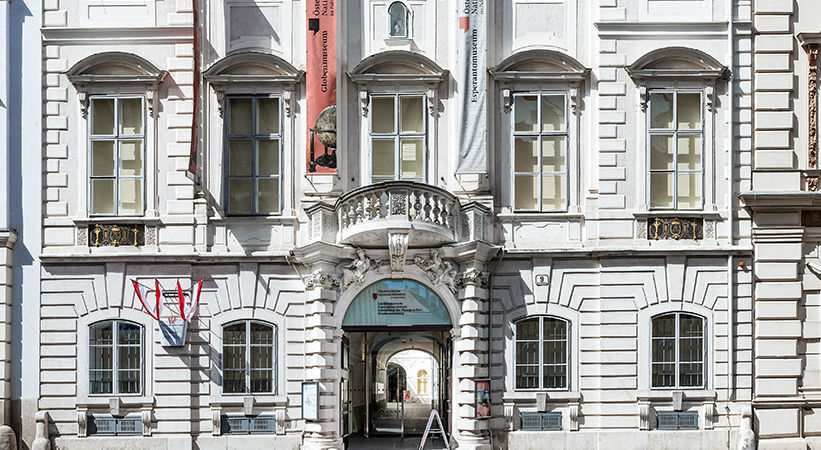Esperanto and beyond: about the Department of Planned Languages

Ever since it was founded in 1927, the Esperanto Museum at the Austrian National Library has held an extensive library, which was given the name “Department of Planned Languages” in 1990. Planned languages – languages that are deliberately created according to specific criteria – are the subject of the scientific discipline that has been known since the start of the 20th century as interlinguistics.
Subdivided by document type, the library holds about 40,000 flyers, 35,000 printed volumes, 25,000 newspaper articles, 22,000 photographs, 10,000 handwritten texts and manuscripts, 3700 journals, 3000 museum artefacts, 1500 posters and 1200 sound recordings.
The history of the Department of Planned Languages
- In 1927, Court Councillor Hugo Steiner (1878–1969) founded the “International Esperanto Museum” in Vienna, which already in 1928 was incorporated under this name into the Austrian National Library. According to Hugo Steiner, the idea of founding an Esperanto Museum arose during the 19th World Esperanto Congress in Danzig in 1927 and dates back to Felix Zamenhof (1868–1933), a brother of the founder of Esperanto, Ludwik Zamenhof (1859–1917).
- In 1929, the new department was officially opened at a ceremony in the State Hall of the Austrian National Library.
- Following the annexation of Austria, the collection was closed in 1938 and the books in it were supposed to be included in the library of undesirable books that was planned for Berlin. Because they were the property of the Austrian National Library, it was possible to stop them from being removed.
- In 1947, the collection reopened in the Hofburg Palace near the Michaelerplatz.
- In 2005, the move to the Palais Mollard (Vienna 1, Herrengasse 9) meant an extensive physical and administrative new start for the collection, with perfect conditions being created in secure, climate-controlled rooms not only for the library but also for the archive material and museum items.
